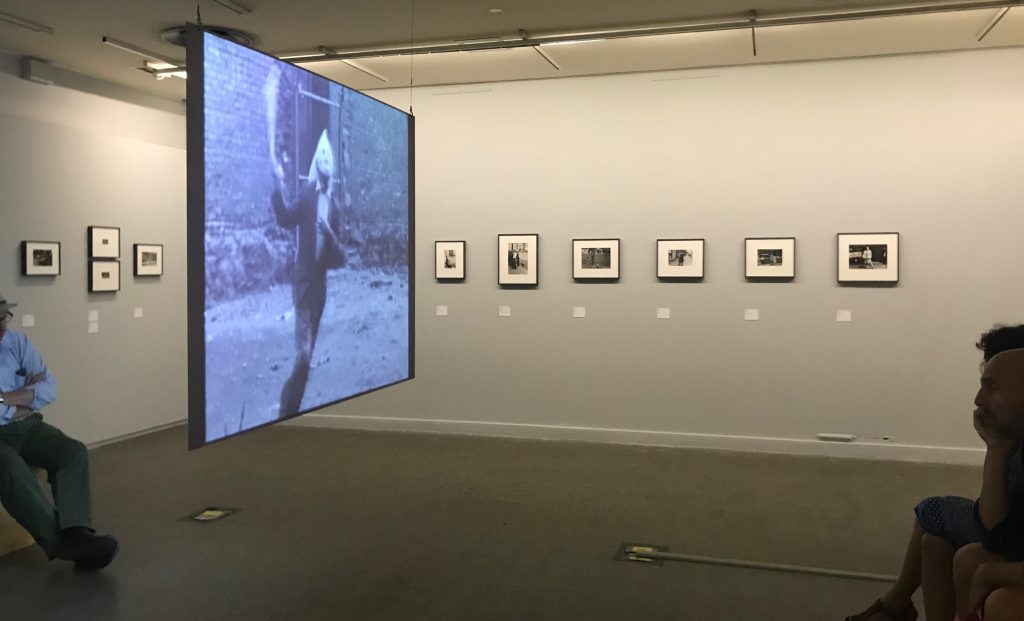Les Rencontres D’Arles, 26th-28th July 2019
Apart from the shear quality, quantity and diversity of the work exhibited, it was the manner in which exhibits and installations were designed with the specific setting for the piece in mind that impressed. At its simplest, this involved making some prints on fabric to be stretched across windows (see image below from Guillaume Simoneau’s series The Murder), and placing prints so that the natural light falls on them to the greatest effect.
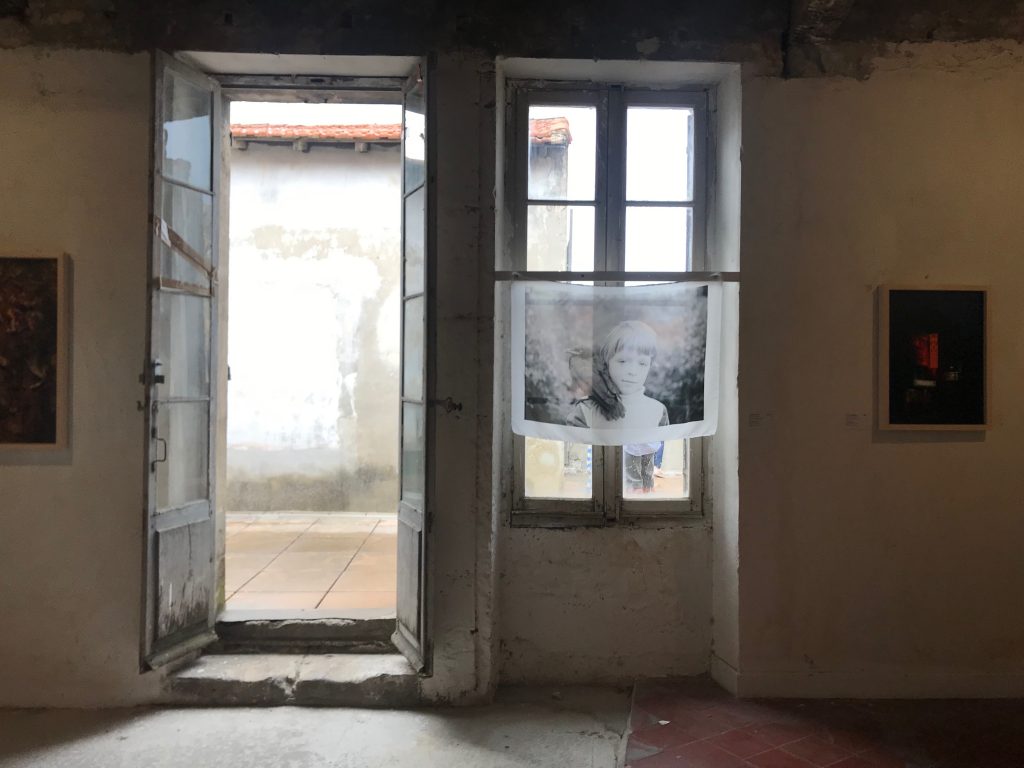
For Christan Lutz’s Eldorado series, shot in Macao, natural light was excluded from the vast shed like space to simulate the artificial light only character of the casino.
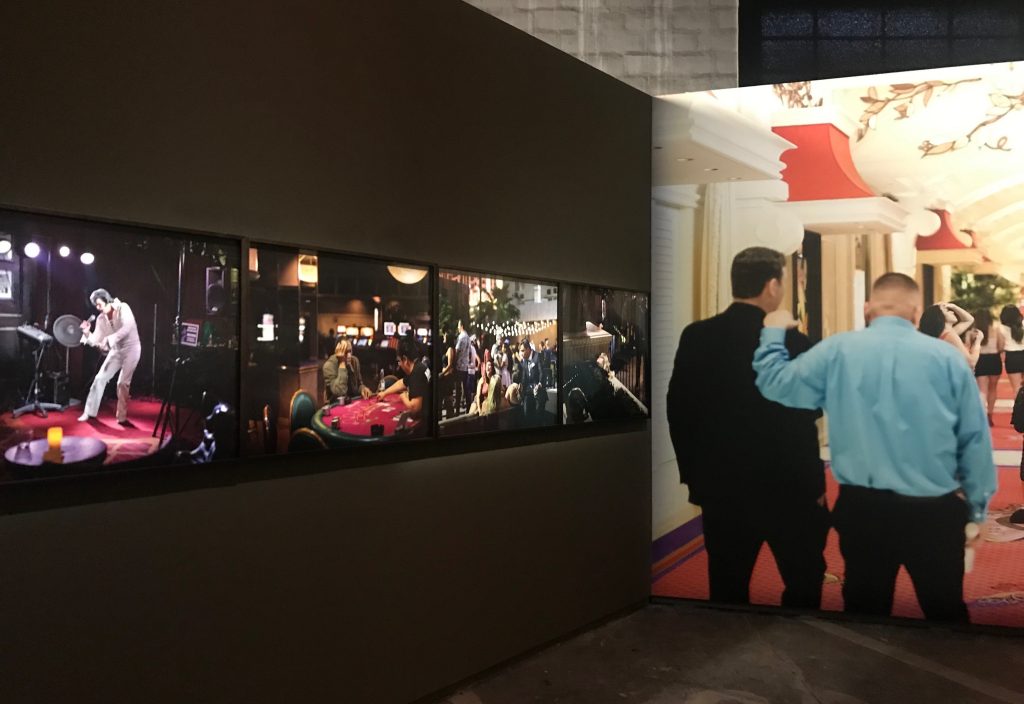
Mohammad Bourouissa’s exhibition Free Trade, in a disused floor of a supermarket, took the form of supermarket sections and used, for instance, clothes racks as mounts for video screens, a form that resonated with the focus of the work on domination and economy.
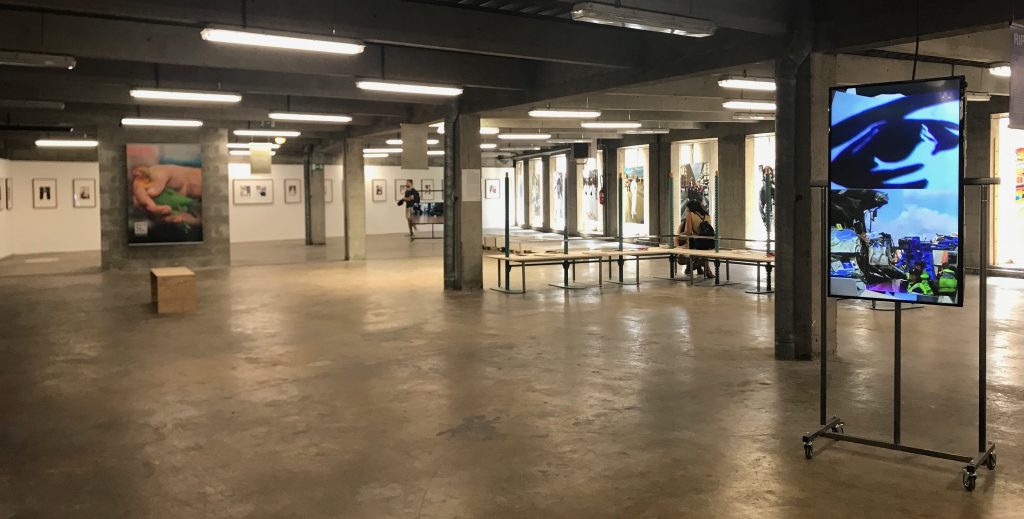
Many to the exhibition spaces had stone walls and high ceilings, with little or no internal structure.
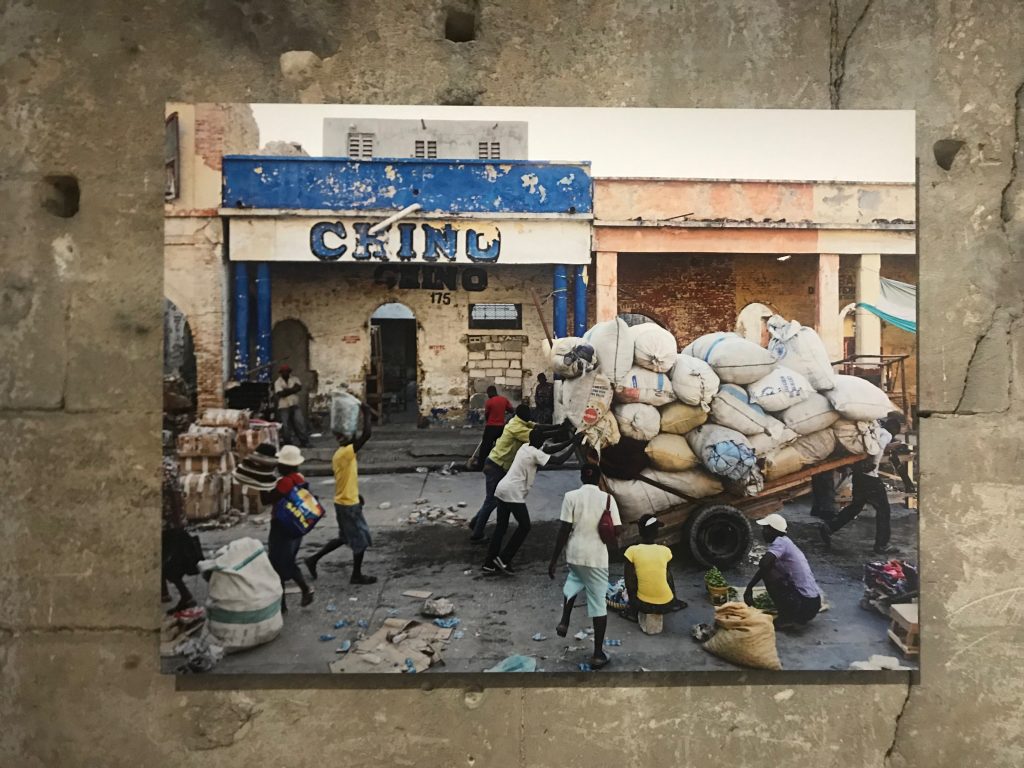
Hanging on wire was common (including from the ceiling in Philippe Chancel’s exhibition) and a variety of forms of wooden and other temporary structures were used to provide additional bespoke display space.
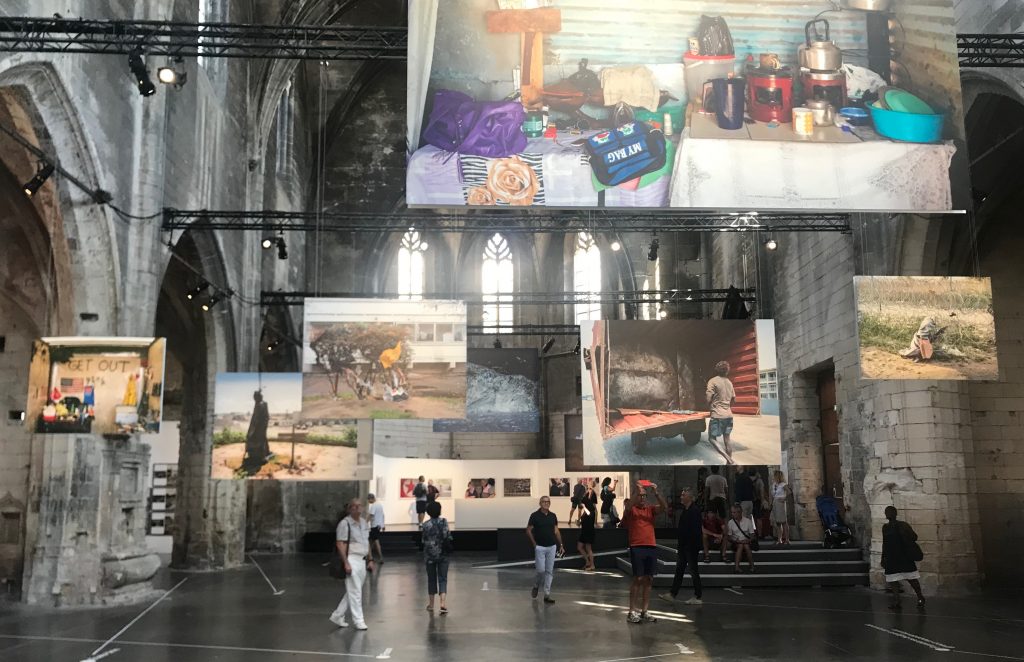
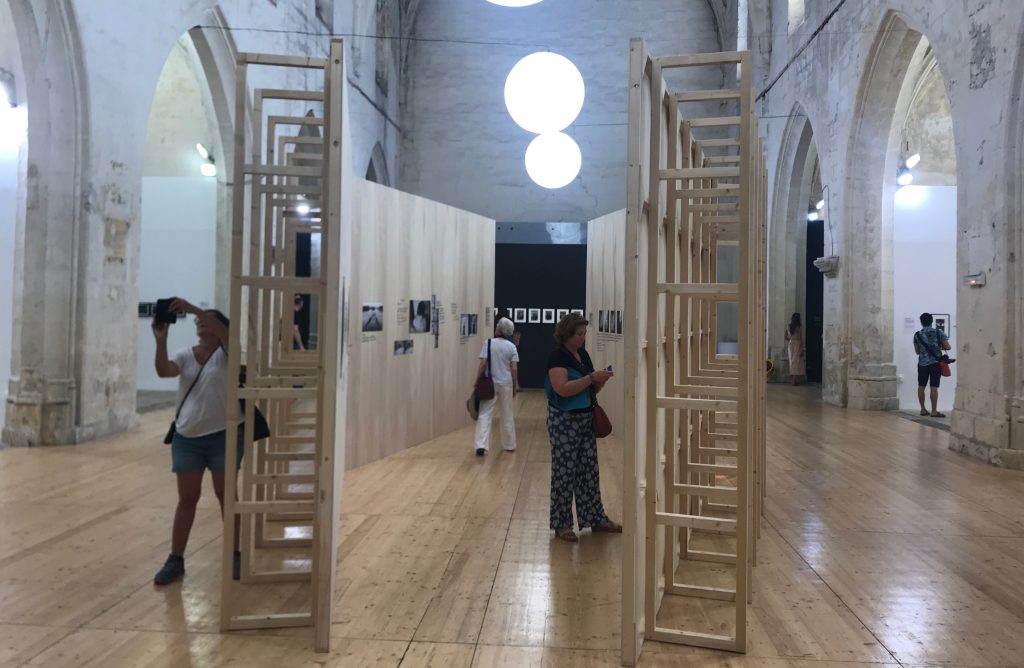
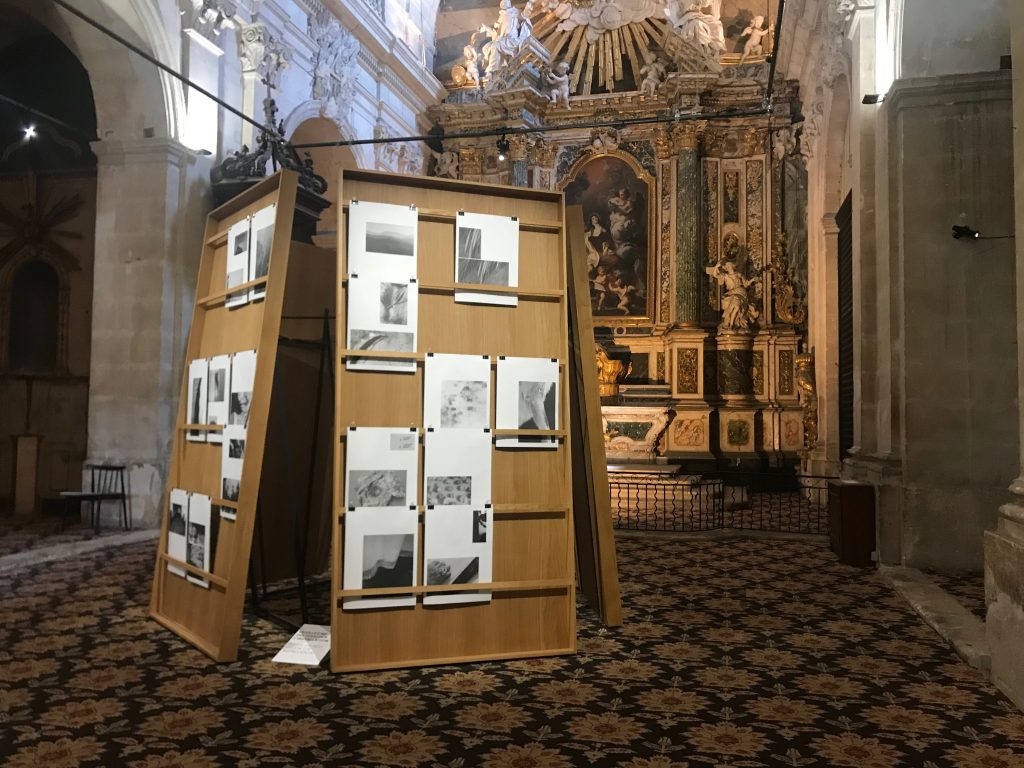
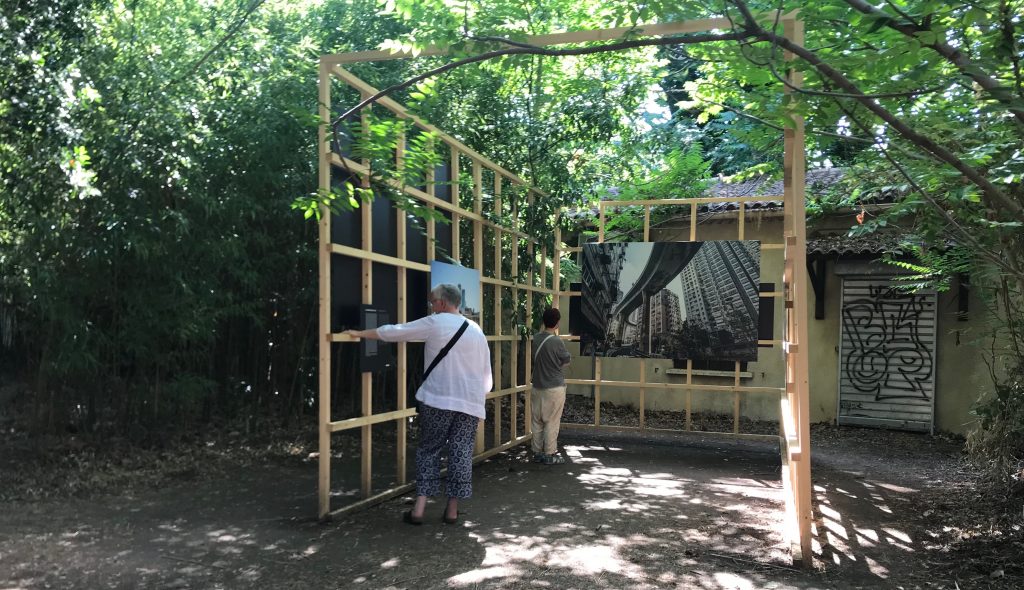
Most extreme was The Anonymous Project House, which recreated a two-storey house with interlinking rooms, themed to reflect the function of the room.
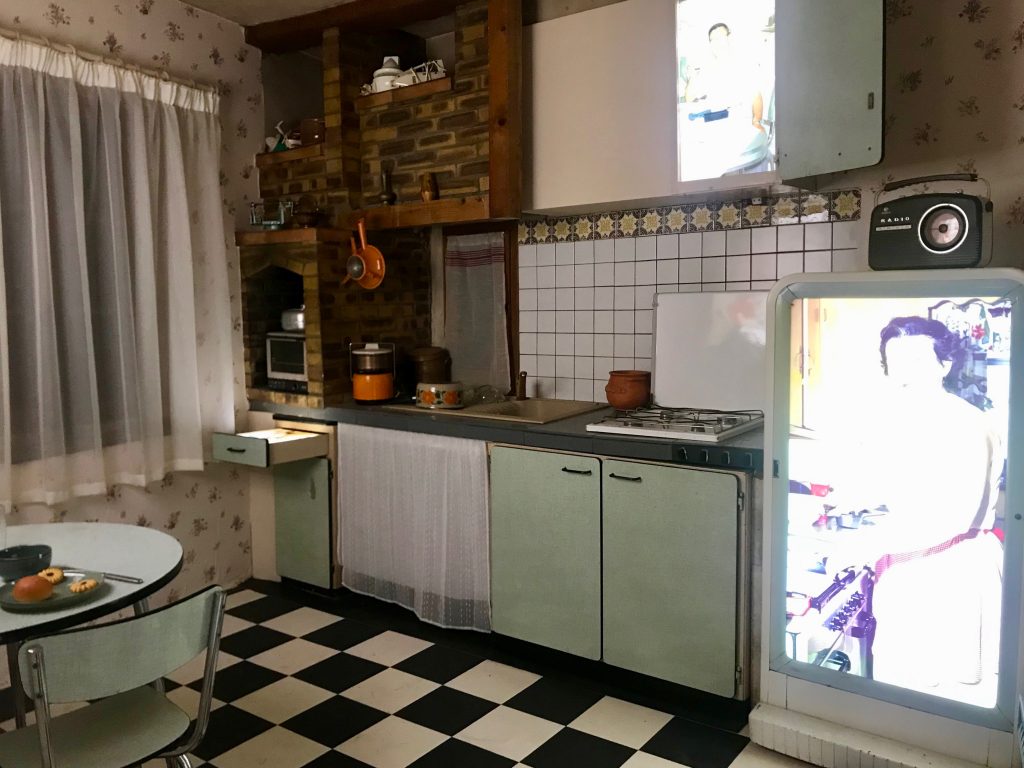
Whilst there are clearly lessons to be learned about designing installations in relation to the space in which they will be shown (both in terms of form and content), the major lesson for me here relates to the manner in which images are presented and juxtaposed; particularly important as I will be presenting my own images alongside collaborative work and participant images, as well as other documents, texts, artefacts, projections and, possibly, video and audio material. The ‘micro-projects’ will be presented in pop-up exhibitions, so this material has to be portable, and the exhibition quick to put up and take down in spaces that are not designed for exhibitions. The final exhibition has to bring these projects together as a coherent and meaningful whole, and has to work in the space chosen for the installation.
The use of slides with a loupe on a lightbox, and the suspension of prints from wires with bulldog clips, are two ways in which the mobility of an installation can be enhanced.
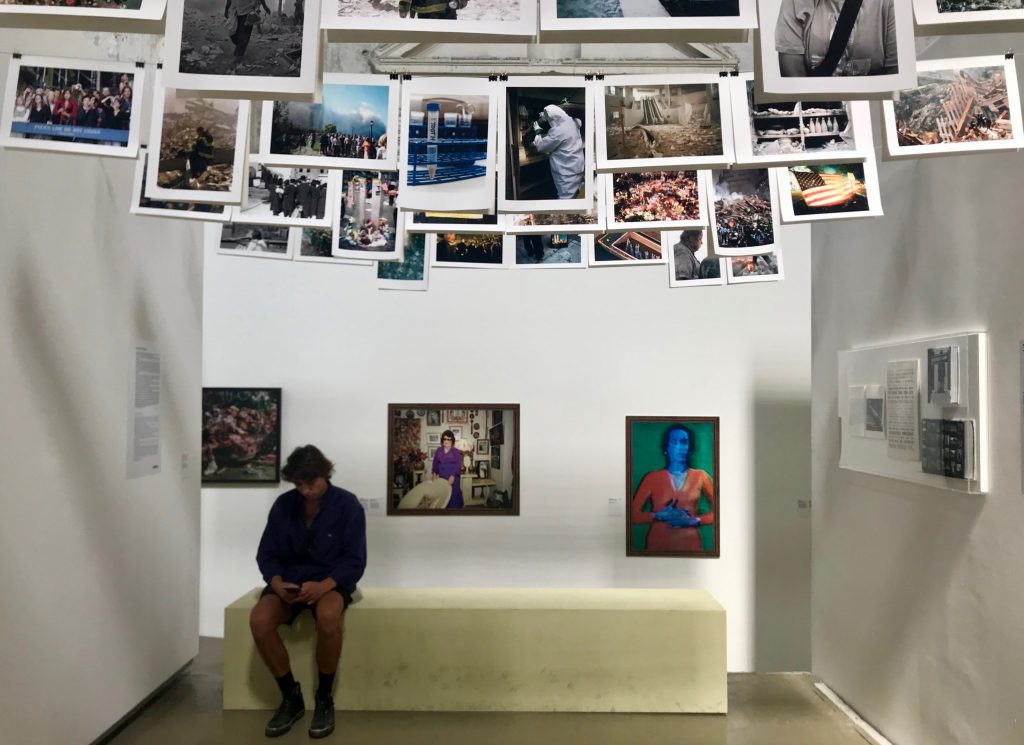
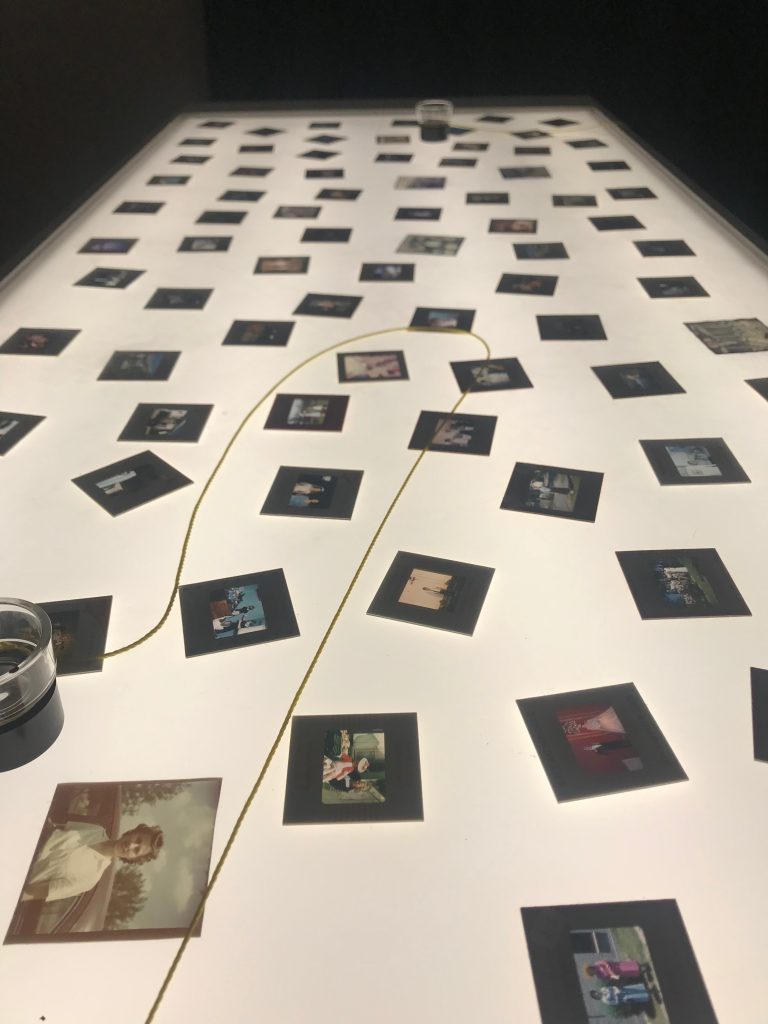
Projection onto a screen that can be viewed from both sides was also used in a number of exhibitions, which is easily portable and can be adapted to the exhibition space.
